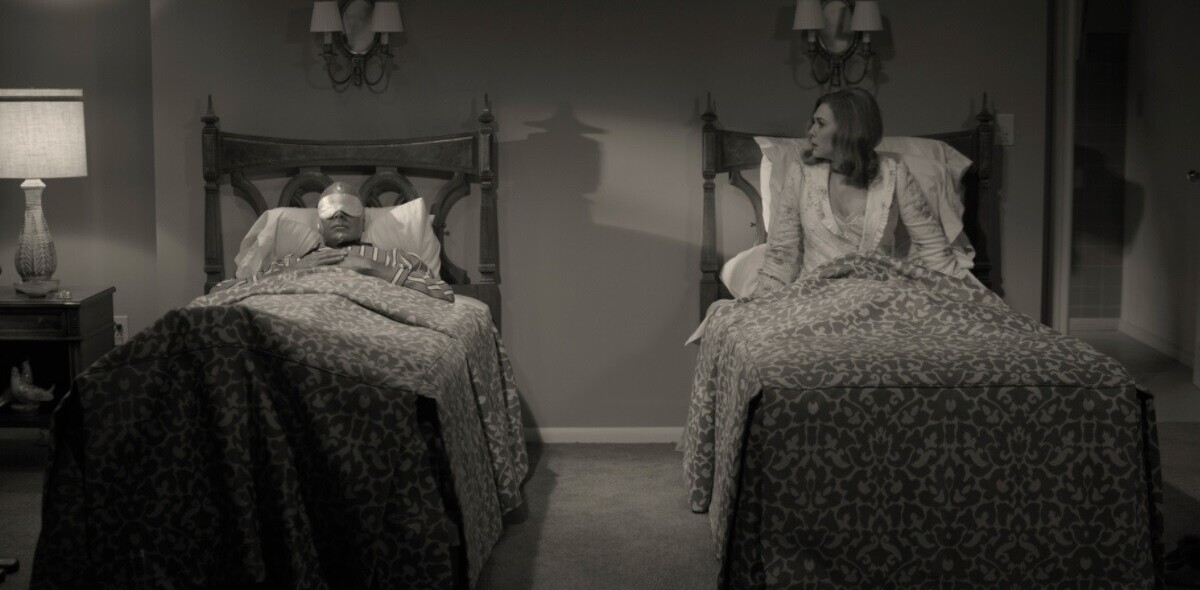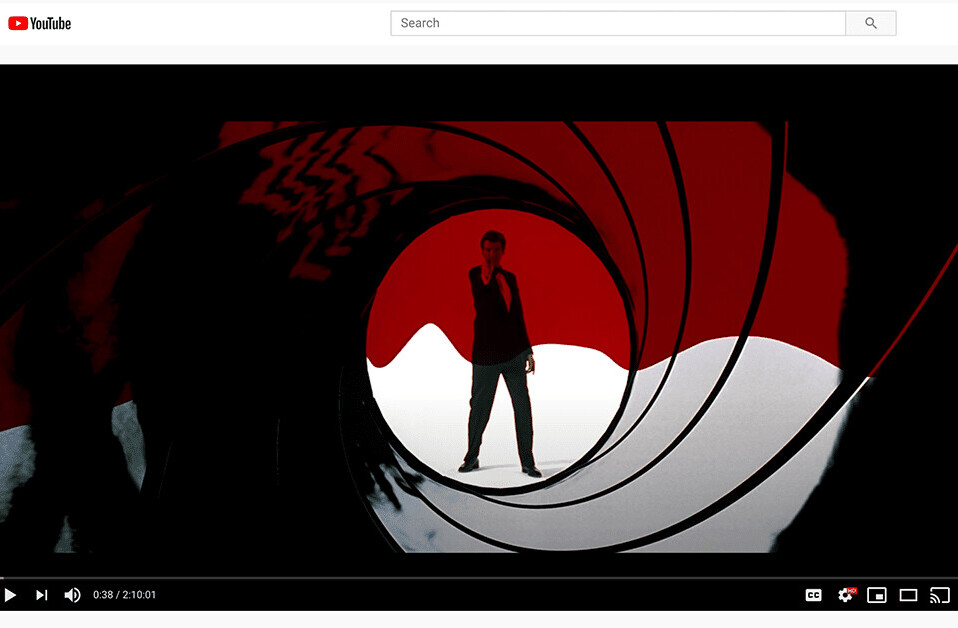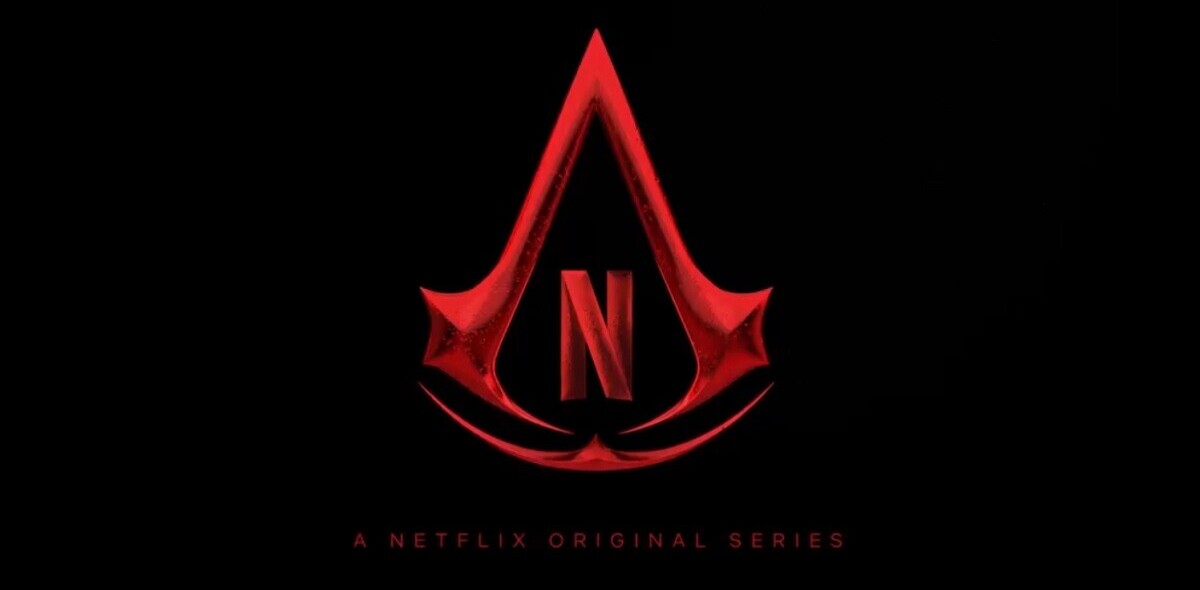
 Back in 2002, the radio show This American Life put together an entire episode centered on the classifieds in the Chicago Reader and the Chicago Sun-Times. It followed the show’s producers as they used the advertising section to organize a group of unlikely musical collaborators. It interviewed people responding to job listings and offered a first-person narration of a man hunting for new furniture in the wake of a divorce. When it first aired, Craigslist had been in existence for about seven years, but it would be a few more yet before the web behemoth would gut the classified sections of most major metro newspapers, depriving them of a major source of revenue. And it was at least three years before Drew Brown got the idea to pursue a web documentary show based around a similar premise.
Back in 2002, the radio show This American Life put together an entire episode centered on the classifieds in the Chicago Reader and the Chicago Sun-Times. It followed the show’s producers as they used the advertising section to organize a group of unlikely musical collaborators. It interviewed people responding to job listings and offered a first-person narration of a man hunting for new furniture in the wake of a divorce. When it first aired, Craigslist had been in existence for about seven years, but it would be a few more yet before the web behemoth would gut the classified sections of most major metro newspapers, depriving them of a major source of revenue. And it was at least three years before Drew Brown got the idea to pursue a web documentary show based around a similar premise.
Brown was a producer for Project Runway when he first approached Craigslist founder Craig Newmark about the idea. Earlier this year, the first “season” of episodes hit the web, with the second season debuting a few weeks ago (Brown is now working on the third season). “I have a company called Brownstone Entertainment, which is a little production company,” he told me in a phone interview. “And Craigslist TV is a constant project for us. I mean we call them ‘seasons’ but they’re not really seasons, rather it’s more like how we look at how we start and finish things; it’s more or less a continuous process.”
But can such a premise work? Does Craigslist sport a vibrant enough community among its ads for used couches and no-strings-attached-sex to offer up characters for which viewers will actually care?
Well, take its “Ninja for Hire!” episode, which debuted in the first season. It follows around a Craigslister who refers to himself as Ninja Nick as he goes from house to house, offering up his services for free. He cleans a person’s pool — using a pool net as a pole vault and a bow staff — and asks the bewildered owner whether “there’s anything I should watch out for, like pirates attacking, or anything like that?” The next scene cuts to him washing a person’s car, balancing on his head and “attacking” the tire’s rims as the car’s smirking owner snaps pictures. A cute gimmick, yes, but a minute later the humor dissipates. We see Nick pull his car up to a curb that night. “Right now I have $600 saved up from the medical experiment I have been doing,” he says mysteriously. He covers up his car windows with a sheet and we suddenly realize that the ninja-by-day actually lives in his car.
“Ninja Nick was literally the first interview we ever did when we opened up the casting mechanism,” Brown said. “He was advertising as a ninja for hire and we brought him in and he seemed like this great fit. From my own experience in television, anyone would want to work with Nick. It’s just vibrant. He had energy and we loved him. We were like, ‘Ninja for hire, let’s do this, this is hilarious.’ This is the quintessential starting point for us. We went out, and what was unique is that the next step was a home visit; if possible we go meet the person at their house. As documentarians, our process is that we don’t know what we’re walking into. When we walk up to someone’s door, we might not have met them, so we normally have no idea what we’re doing, and we have no idea what this person’s like or what we’re going to see when we get there. Nick was our first example of this. He gave us an address and we show up with the van and are ready to go knock on the door and then we realized that Nick doesn’t live in that house, Nick lives in the car at that address. This thing that we thought was so lighthearted and funny became serious all of a sudden.”
 The “casting mechanism” Brown referred to is a small prompt that LA Craigslist users see when they post an ad; it asks them if they would be interested in being featured in a documentary project. About 1,000 people a day check yes for the option and a staff of about 12 people filter through them, looking for interesting specimens. The team has to be quick to find the gems because they often bring in the interview subjects that day. Otherwise the team wouldn’t be able to tape the interview subject as he’s trying to sell or buy the service for which he’s advertising.
The “casting mechanism” Brown referred to is a small prompt that LA Craigslist users see when they post an ad; it asks them if they would be interested in being featured in a documentary project. About 1,000 people a day check yes for the option and a staff of about 12 people filter through them, looking for interesting specimens. The team has to be quick to find the gems because they often bring in the interview subjects that day. Otherwise the team wouldn’t be able to tape the interview subject as he’s trying to sell or buy the service for which he’s advertising.
“I think that the interesting thing for us is simply bringing users to life by filming them,” Brown said. “Craigslist is like an anonymous community and anonymity has a lot of different effects. But essentially we’re on Craigslist and we don’t know who we are. We don’t know what the average Craigslister looks like. You would never think of some of these people as Craigslisters, maybe. We simply bring them to life one at a time and we’re defining this community in that process.”
A spokesman for the project told me that the show received 1 million unique visitors in its first season. But to what end? By the time the show is edited and uploaded to YouTube, the Craigslist ad that it’s featuring has already come and gone. But Brown told me that whether the Craigslister gets what he or she is looking for is irrelevant. Most of the people featured in the show, he said, have negative outcomes (one Craigslister who tried to use the site to meet Sandra Bullock, for instance, never meets her).
“We don’t have any beauty to provide in terms of positive outcomes, we just follow them until our budget runs out basically,” Brown explained. “So in that sense we’re unique branded entertainment. It’s free to be itself, it’s free to be entertaining, and I think that’s a reflection of Craigslist at large.”
Get the TNW newsletter
Get the most important tech news in your inbox each week.




